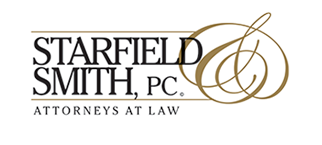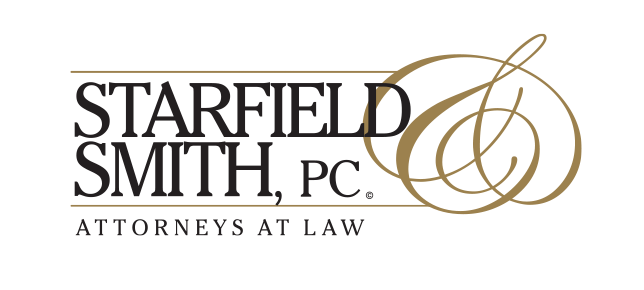There have been plenty of changes to SBA’s regulations over the past year, and lenders should be aware that these changes have not only been in the SOP’s. One of the other changes made by the SBA back in November 2023 was an update to the Care and Preservation of Collateral Tabs (the “CPC Tabs”).
The CPC Tabs remain a set of eight (8) tabs lenders are to complete and submit in order to get reimbursed for expenses incurred throughout the liquidation of an SBA loan. There have been changes made to Tab 2, Tab 3, and some major changes to Tab 4 that lenders should be aware of.
With respect to Tab 2, the updated CPC Tabs require a lender to answer certain questions related to the execution of a protective bid leading to REO before the guaranty purchase. Notably, the revised Tab 2 states “If protective bid was not subtracted from the final guaranty purchase and/or if loan was acquired as a post-purchase loan, STOP. SBA will not share in lender’s loss on REO.” This is something lenders should be aware of when dealing with foreclosure, protective bids and REO properties.
SBA made a clarifying change to the verbiage at the top of Tab 3, in which the SBA describes the supporting information they expect to see from lenders with respect to recoveries on the SBA loan. Tab 3 now provides this documentation should include HUD-1 sheets, settlement sheets, auction reports, bill of sale documents, copies of cancelled checks, wire confirmations, and supporting documents for funds held in escrow. Lenders should be sure to be collecting enough supporting documentation throughout the liquidation process to demonstrate the collateral sold and recovery received.
The main change to the CPC Tabs appears in Tab 4 – specifically the section on legal fees. The prior version of Tab 4 focused on whether legal fees were incurred for “non-routine litigation” and whether or not lender had an approved litigation plan. The revised Tab 4 takes a deep dive into the litigation through a much longer series of questions. Tab 4 now requests: information on the amount of legal fees a lender wants reimbursed versus total fees incurred; specifics about the litigation including the state(s) where litigation occurred; and, whether lender submitted a litigation plan, an amended litigation plan and whether either or both were approved or disapproved by district counsel.
Once you get past those questions Tab 4 goes on to break up legal fees and costs between “litigation related” versus “non-litigation related.” Tab 4 also now directs that legal invoices have to clearly distinguish between the two. This can present quite a problem for multiple reasons.
It can be hard to distinguish between what activities may be “litigation related” as opposed to “non-litigation related.” For example, a lender engages counsel to file a foreclosure action and assist lender with cooperatively selling business assets through a UCC sale. If counsel is drafting a foreclosure complaint, one would assume that is a “litigation” expense. If that same counsel prepares a notice of disposition of collateral, is that then considered a “non-litigation” expense? What if counsel is actively engaged in discussions relating to a modification of a loan, only to have a borrower file bankruptcy? Are those discussions leading up to the bankruptcy filing now considered “litigation related” expenses, even if this wasn’t the direction it was expected to take initially?
Lenders should discuss these requirements with counsel when they are engaged. This may assist counsel to distinguish between those “litigation” related tasks versus “non-litigation” related tasks on invoices to try to assist lenders with a smooth CPC Tab preparation.
If you have additional questions about CPC tabs feel free to contact Lyndsay Rowland at 267-470-1154.




Comments are closed.